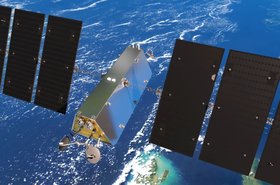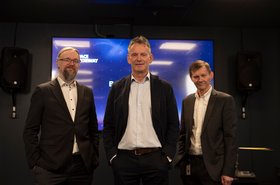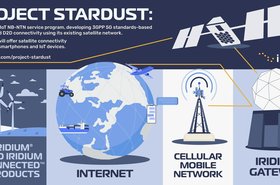Amazon has acquired Facebook’s satellite team to boost its Low Earth Orbit (LEO) satellite efforts.
First reported by The Information and confirmed by Business Insider, Amazon has acquired more than a dozen satellite Internet experts from the social media company.
The Information reports the Facebook employees – including physicists as well as optical, prototyping, mechanical, and software engineers – moved to Amazon in April.
The talent acquisition deal included some intellectual property developed by the team, as well as equipment and facilities, Facebook told Insider. Other terms were not disclosed.
The FB team join Amazon's existing 500-person Project Kuiper operation, which aims to invest more than $10 billion in launching a LEO satellite constellation. The company hopes to launch more than 3,000 satellites by 2026 and provide broadband connectivity.
Facebook has been developing satellite connectivity as part of its efforts to connect rural and remote locations since it first partnered with Eutelsat in 2015.
Spacecom’s AMOS 6 satellite, for which Facebook was one of the customers, was destroyed in a launchpad explosion in 2016.
Last year the company launched its Maxar-built experimental low earth orbit communications satellite, known as Athena, through its PointView Tech LLC subsidiary.
It’s unclear if the Athena satellite or PointView Tech have moved over to Amazon’s ownership.
Facebook decided to offload its satellite unit after a ‘number of roadblocks,' according to The Information. Facebook told SiliconANGLE in a statement it never intended to launch a constellation or satellite service – something it had previously said to Light Reading after the Athena launch last year – but it has shifted its focus to emerging technologies such as Express Wi-Fi.
In May, Facebook partnered with Eutelsat to provide its Express Wifi platform via satellite to 12 countries across Africa.
In 2018 Facebook closed Project Aquila – a project to develop a solar-powered, fixed-wing drone that could provide Internet connectivity to rural and remote regions from the stratosphere – after four years of development. The High Altitude Pseudo-Satellite (HAPS) had two test flights, the first of which ended in a crash.




